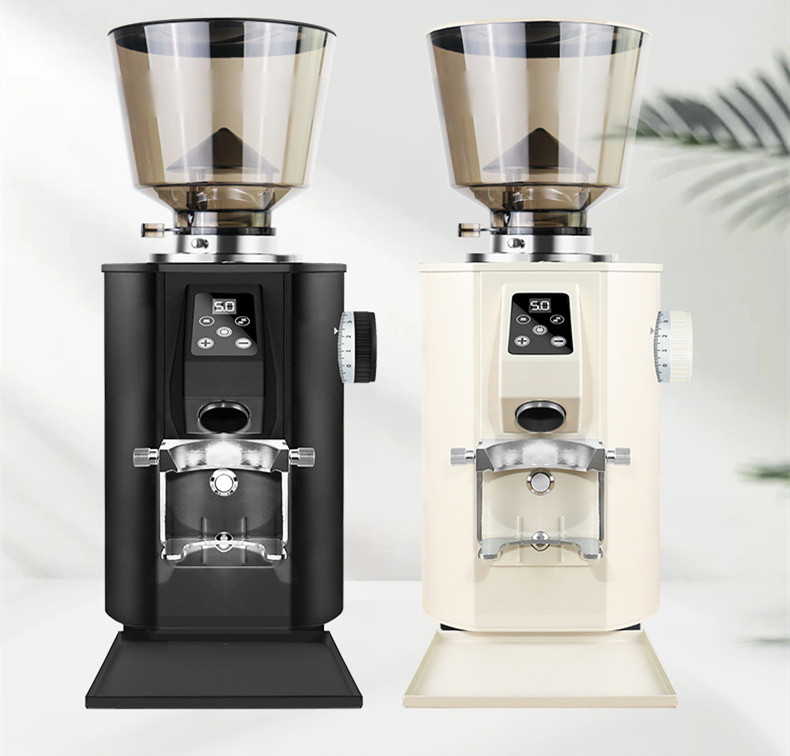Precision Preheating for Coffee Roasters: Temperature Setting Techniques
Accurate preheating is critical for achieving consistent roast profiles and avoiding thermal shock to coffee beans. The right starting temperature ensures even heat distribution, reduces roast defects, and optimizes flavor development. Below are key methods to refine your preheating process.
Understanding Thermal Dynamics and Bean Characteristics
Bean Density and Moisture Content Impact
High-density beans (e.g., Kenyan or Costa Rican varieties) require higher preheat temperatures (200–210°C) to initiate effective heat transfer. Lower-density beans (e.g., some Indonesian coffees) may scorch at these temperatures, necessitating a preheat range of 180–195°C. Moisture content also plays a role: beans with over 12% moisture need a gradual preheat to prevent steaming inside the drum.
Ambient Conditions and Machine Calibration
Cold environments (below 15°C) slow drum heat absorption, requiring a 10–15°C increase in preheat settings. Conversely, humid climates may demand a 5°C reduction to avoid excessive condensation. Regularly calibrate your machine’s temperature sensors using an infrared thermometer to verify accuracy. Deviations over 5°C indicate sensor drift, which must be corrected before roasting.
Drum Material and Heat Retention
Cast-iron drums retain heat longer than stainless steel, allowing for lower preheat temperatures (190–200°C). Thinner-walled drums, common in smaller machines, lose heat rapidly and may need a 205–215°C preheat to stabilize. Monitor drum surface temperature with a probe during idle periods to gauge heat retention capacity.
Step-by-Step Preheat Temperature Adjustment
Initial Warm-Up Phase
Activate the roaster 30–45 minutes before charging beans to allow thermal equilibrium. Start at a base temperature 10–15°C below your target preheat (e.g., 185°C for a 200°C goal). Gradually increase heat in 5°C increments every 5 minutes. This prevents thermal stress on components like bearings and seals.
Stabilization and Verification
Once the drum reaches the target preheat temperature, maintain it for 10 minutes without beans. Use a secondary thermometer to cross-check readings. If temperatures fluctuate beyond ±3°C, adjust gas pressure or airflow settings. For gas roasters, ensure burner ports are clean to maintain consistent flame intensity.
Charge Timing and Thermal Momentum
Charge beans when the drum temperature is within ±2°C of the target. Premature charging (while temperature is rising) leads to uneven moisture evaporation. Delayed charging (after temperature peaks) risks thermal overshoot. Use a timer to synchronize preheat completion with bean loading.
Advanced Techniques for Thermal Consistency
Airflow Management During Preheat
Moderate airflow (30–50% of maximum) during preheating helps distribute heat evenly. Excessive airflow cools the drum surface, while insufficient airflow creates hot spots. For convection-style roasters, balance airflow with heat input to achieve a stable thermal environment.
Multi-Zone Temperature Control
Some roasters allow independent temperature settings for drum zones (e.g., front, middle, back). Set the front zone 5°C higher than the rear to compensate for heat loss during bean charging. Monitor zone differentials with infrared sensors and adjust gas valves to maintain uniformity.
Data-Driven Preheat Optimization
Log preheat temperatures, stabilization times, and roast outcomes for each batch. Identify patterns where preheat inaccuracies correlate with roast defects (e.g., baking or tipping). Use statistical process control (SPC) tools to refine temperature settings over time. For instance, if batches roasted after a 190°C preheat consistently lack acidity, incrementally raise the temperature by 2–3°C per test.
By mastering preheat temperature precision, roasters can eliminate variables that compromise roast quality. Consistent thermal conditions from the first charge ensure beans develop flavors as intended, batch after batch.


